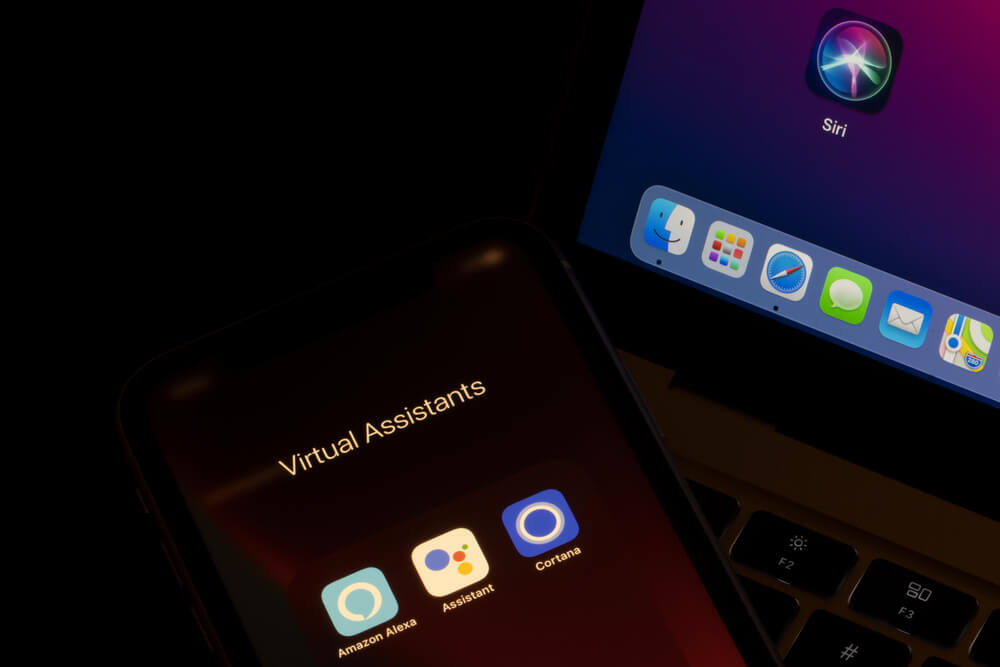We all know that things have changed for the better in many ways as the future presses on. While we think the tech and look of our world today is terrific, it might not hold a candle to how the future might look for us. We decided to find out what could be possible in our lifetime. Not only are some major changes expected but several are in development as you’re reading this now. There are literally hundreds of breakthroughs happening in the world of tech seemingly every month.
Each passing day, something new happens that then results in science fiction slowly becoming science reality. Yet when thinking about how the future might look, we wanted to look at things that could be on everyone’s wish list. The only stopping point for us was that it had to be possible AND it had to be something that could be relatively future-proof itself. The future can be quite scary but when you see what we’ve been able to prove possible, you’ll be wanting us to skip time immediately. To better help direct when you can expect things, we gave our best guess on the year you might see each come to pass.
Virtual Assistants Will Be Kicked Up A Notch

Hypothetical Timeline: Between 2025 to 2035
We’ve already seen how virtual assistants have been helping us in many ways right now. However, this is usually through things like the Amazon Alexa or Google Home devices. Only the rich can afford smart homes where a version of AI helps with security, turning on lights, etc. That will not be the case for long, as assistants will be on us at all times. They will be so ingrained into our lives, that kids will use them as much as adults.

They will be your child’s tutor when needed, help you come up with ideas for that big project for work, and might even be an amateur therapist for you to utilize. When people think about how the future might look, they tend to think of something more flashy here. Yet virtual assistants will still be a version of Artificial Intelligence, just one that will sound and operate like a normal person. Think of it like Cortana from the Halo video games or Gideon from DC’s Legends of Tomorrow.
